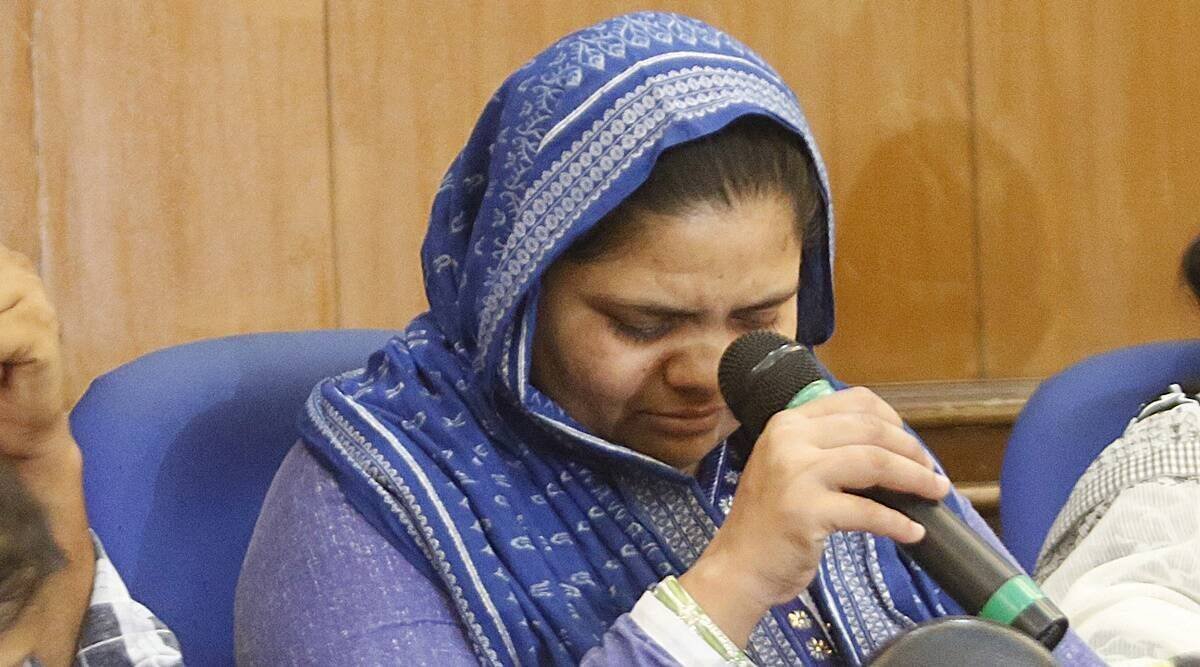By: Dipak Kurmi
Rape stands as one of the most vile crimes against humanity. The tragedy that befell the PG students of RG Kar Medical College in Kolkata is beyond reprehensible. The latest autopsy report confirms the grim reality – death by strangulation, with unmistakable evidence of sexual assault. This is an atrocity that cannot be tolerated.
Information gathered from various sources reveals a disturbing post-mortem report of the victim, confirming a savage and violent assault. The report shows multiple trauma injuries on her head, and both ears bore signs of violence, indicating a fierce struggle. Her injured lips suggest she may have been silenced or gagged during the attack. Disturbingly, bite marks were discovered on her neck, highlighting the brutality of the assault. The autopsy also detected 150 mg of semen in her body, pointing to the involvement of multiple individuals, reinforcing the suspicion of gang rape.
The alarming details from the autopsy report have sparked grave concerns about the safety of female staff at the hospital. These findings also cast doubt on the effectiveness of the security measures implemented by the hospital authorities, raising serious questions about the protection provided to both staff and patients.
From a legal standpoint, my immediate concern is the absence of security personnel near the seminar hall. This hall, often used by doctors as a resting area due to the lack of a separate staff restroom, should have been closely monitored to prevent unauthorized access. The seminar hall is a crucial administrative space in any hospital or educational institution, making the absence of security cameras both inside and outside a significant oversight. Reports indicate that no camera was installed inside the hall, raising serious questions about the hospital’s security protocols.
Furthermore, the delay in reporting the incident to the police after the body was discovered is troubling. It’s also crucial for the police to secure the crime scene to preserve evidence and prevent tampering. However, the mishandling of the situation during the protests reflects negligence on the part of both the hospital and the police, potentially compromising the investigation.
Another crucial point to consider is that, as a doctor, it should be straightforward to distinguish between suicide and murder. Yet, in this case, when the victim’s parents arrived at the hospital after receiving a call, they were informed that their daughter had taken her own life. How could such a conclusion be reached, especially when the victim’s body was found half-naked with evident injuries? In a terrifying situation like this, even if suicide had crossed her mind, it is natural that she would have first covered herself and attempted to reach out to someone. No girl would ever want her parents to find her in such a state – not even in her worst nightmares. This strongly suggests foul play, with someone attempting to pass off this murder as a suicide. Any conscientious doctor would never make such a claim, particularly when the injuries and the condition of the body point so clearly to sexual assault and murder.
The discovery of 150 mg of semen in the post-mortem report adds a disturbing layer to this case, especially since only one suspect has been arrested so far. What about the others involved? The involvement of multiple individuals reveals the extent of the victim’s suffering as she desperately fought to defend herself from these predators who brutally ended her life after subjecting her to their vile desires. It’s deeply tragic that doctors – those who dedicate their lives to saving others and are often seen as humanity’s last hope – can become victims of such horrific crimes, left unprotected in the dead of night.
This is not the first time a medical staff member has faced such a horrific crime within the supposed safety of a hospital. We cannot forget the tragic case of Aruna Shanbaug, a nurse at a well-known hospital in Mumbai, who was brutally raped and strangled by a ward attendant in 1973, leaving her in a permanent vegetative state. She remained in that condition until her death in 2015. The Aruna Shanbaug case, often referred to as the euthanasia case, serves as a stark reminder that women in the medical profession were not safe in the 1970s, and alarmingly, they remain vulnerable even today in the 21st century.
Despite the introduction and amendment of numerous laws designed to protect women, the frequency of such crimes has not significantly diminished. This indicates that these laws have had a limited deterrent effect on society. The tragic incidents mentioned underscore the urgent need for the government to form a committee, including representatives from the judiciary, the medical community, and NGOs, to thoroughly assess the safety and security protocols in place at medical institutions.
Moreover, stringent security measures are essential to prevent individuals from entering hospital premises while intoxicated, and a strict ban on alcohol should be enforced. Hospitals should deploy both male and female security personnel around the clock to ensure comprehensive safety. Additionally, separate restrooms and designated rooms for male and female staff must be equipped with security guards and surveillance cameras. It is crucial to establish clear guidelines that all medical colleges must adhere to, ensuring the safety and security of everyone involved.
While we cannot undo the profound loss and suffering the family is enduring, we can unite to advocate for and implement strict policies to prevent such heinous crimes in the future. Our collective action must ensure that no other woman falls victim to such brutal acts, holding both the system and society accountable for protecting everyone.
The issue extends beyond the safety of medical staff to encompass the protection of all women and girls who drive our country’s economic progress. Each of us contributes to the nation’s growth, and in return, we deserve a secure environment where we can work and move freely. Whether in professional roles or within the unorganized sector, women tirelessly support their families and our nation. All we seek is a safe and secure environment to continue our vital work.
We unite in our call for justice for the victims of the RG Kar Medical College rape case and demand accountability for all those directly or indirectly involved. This case should be a wake-up call for every medical college, highlighting the critical need to rigorously adhere to safety standards to safeguard both staff and patients. (The writer can be reached at dipakkurmiglpltd@gmail.com)










